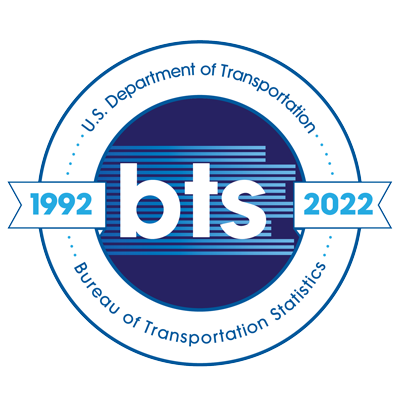Effects of Urbanization and Changing Climate on Wildfire Risk in the Southeast United States
Topics:
Keywords: FSim, FUTURES, wildfire risk, urbanization
Abstract Type: Poster Abstract
Authors:
Kevin S. Young, University of North Carolina Wilmington
Peng Gao, University of North Carolina Wilmington
Alex W. Dye, Oregon State University
John B. Kim, US Forest Service
John A. Kupfer, University of South Carolina
Karin L. Riley, US Forest Service
Georgina M. Sanchez, North Carolina State University
,
,
,
Abstract
Anthropogenic climate change and urbanization both have the potential to profoundly alter fire regimes and wildfire behavior, raising significant concerns about threats to human societies and ecosystems around the globe. In this study, we simulate the future occurrence, growth, containment, and suppression of wildfires in a pyrome (an area of relatively homogenous fire regime defined by fire size, frequency, intensity, and seasonality) in Georgia and Florida using a stochastic, spatially explicit fire model, FSim. Fire regimes were modeled for current (1979 - 2005) and projected (2040 - 2069) climatic conditions projected by downscaled Global Climate Models (GCMs) and projected urban growth by 2069 produced by FUTure Urban-Regional Environment Simulation (FUTURES). We then evaluate how climate change and urbanization separately and interactively affect fire risk in terms of burn probability, the number of large fires (fires larger than 72 ac), and the size of large fires. We find that while urbanization reduces fire risk by converting burnable areas into non-burnable areas, the impact of climate change varies by different GCMs and that the two factors exhibit complex interactions under future climate projections. Our study helps to explore the possible interactive effects of urbanization and changing climate on wildfire risk and provides valuable information for adaptation plans.
Effects of Urbanization and Changing Climate on Wildfire Risk in the Southeast United States
Category
Poster Abstract








